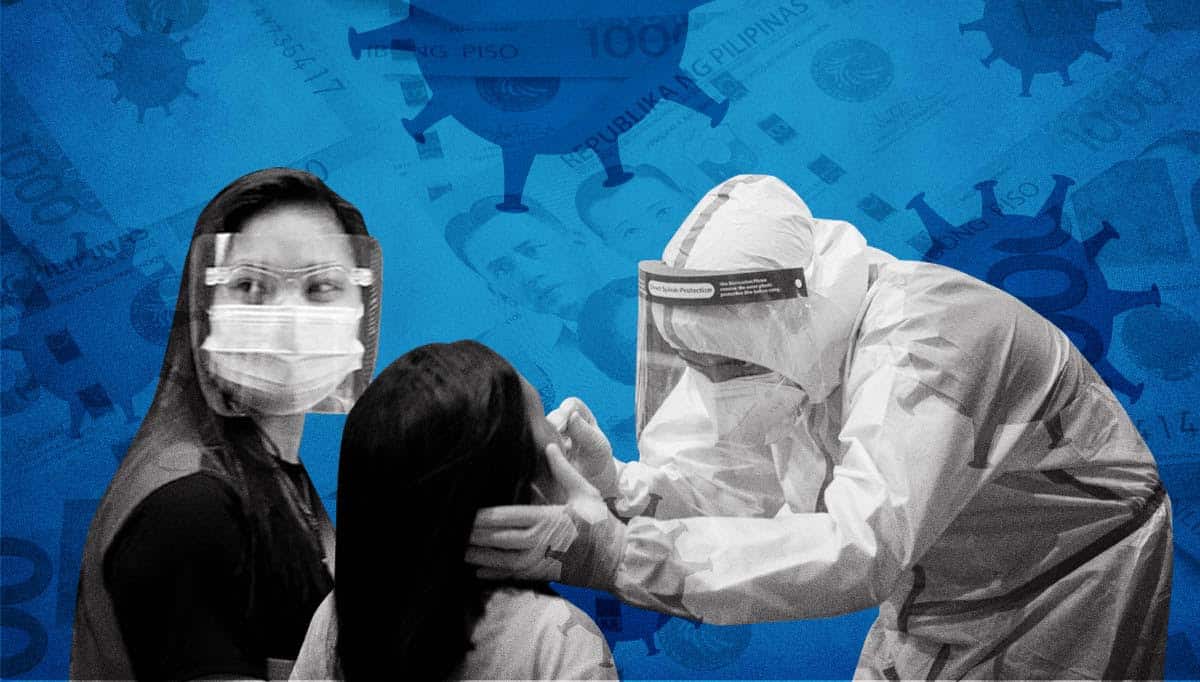Recto: Debt under Marcos high as gov’t also paying pandemic loans

INQUIRER FILE PHOTO
MANILA, Philippines — The Philippines’ outstanding debt remains high because loans made by the past administration during the pandemic are still being settled, Finance Secretary Ralph Recto reminded the public on Monday.
In his presentation at the deliberations of the P6.352 trillion proposed budget for 2024 at the House of Representatives, Recto explained that the Philippines actually achieved its lowest debt-to-gross domestic product (GDP) ratio in 2019, under the term of former president Rodrigo Duterte, at 39.6 percent.
READ: Philippines’ debt stock seen to balloon to P15.8T by end-2024
Recto said debt-to-GDP ratio is a country’s total debt compared to its economic value — in the case of the Philippines in 2019, debt was at P7.7 trillion, while the GDP was P19.5 trillion. However, the total debt almost doubled to P13.4 trillion at the end of the Duterte administration — which meant that debt amounted to 60.9 percent of the P22.0 trillion GDP in 2022.
Article continues after this advertisement“It is also important to note that while we are making these investments, we’re also paying off the pandemic borrowings we inherited from the past administration. In 2019 when the country achieved its lowest debt-to-GDP ratio, the total nominal debt was only P7.7 trillion, but this figure nearly doubled to around P13.4 trillion right after the pandemic just as the Marcos Jr. administration took over,” Recto told lawmakers.
Article continues after this advertisement“And because of all these geopolitical tensions the cost of our borrowing has climbed post-pandemic, as central banks have raised their interest rates to combat inflation. Therefore we are now refinancing the large borrowings contracted during the low-interest rate period in 2020 to 2022 with new debts at their higher interest rates. This is why our interest payments next year are higher by around 11 percent,” he added.
Recto also clarified that while the country’s debt looks big, as it is expected to be near P16.1 trillion by end of 2024, the proper measurement is debt-to-GDP ratio, as it is an indicator of a country’s ability to pay loans.
In the case of the Philippines, the debt-to-GDP ratio has decreased from 60.9 percent in 2022, to 60.1 percent in 2023.
READ: House receives P6.352-T budget for 2025
Debt-to-GDP ratio rose slightly for 2024, at 60.6 percent, but Recto’s presentations showed that they expect it to decrease to 56.3 percent in 2028, with debt at P20.7 trillion compared to a projected GDP of P36.9 trillion.
“We should not be alarmed by this, because the debt of a country should not be measured just by looking at its actual size. It’s better to compare it with the country’s economy because this is how we determine its ability to pay the loan, and one of the correct ways to measure is through the debt-to-GDP ratio,” Recto said.
“Based on the chart, it seems that debt is steadily increasing, but our economy is also growing even stronger. This means we can pay our obligations. If you would take a look at the Philippines’ debt-to-GDP ratio, we have started bringing it down from 60.9 (percent) in 2022, it’s now down to 60.1 in 2023, and we are determined to continue pushing it below 60 percent so we have enough buffer in case another crisis hits us,” he noted.
Recto has been quoted in the past asking for calm, noting that the country’s debt remains manageable even at around 60 percent.
Under the P6.352 trillion national budget, P876.7 billion or 13.7 percent will go to debt servicing.
READ: PH debt still manageable, says Finance chief
The Duterte administration made a record P2.74 trillion in 2020, to fund the government’s response to the COVID-19 pandemic. This was more than double to what the government borrowed in 2019, which was at P1.02 trillion.
Total debt ballooned to P12.68 trillion a week before Duterte stepped down from office.
READ: Amid pandemic, PH borrowed a record P2.74 trillion in 2020
Earlier, the House of Representatives formally started deliberating the P6.352 trillion proposed national budget for 2025 at the committee level, with Speaker Ferdinand Martin Romualdez initially presiding over the hearing.
The House committee on appropriations started its briefing with the Development Budget Coordination Committee (DBCC) presenting its outlook and budgetary policies.
Recto’s agency, the Department of Finance, is part of the DBCC along with the Department of Budget and Management, National Economic and Development Authority, Office of the President, and the Bangko Sentral ng Pilipinas.